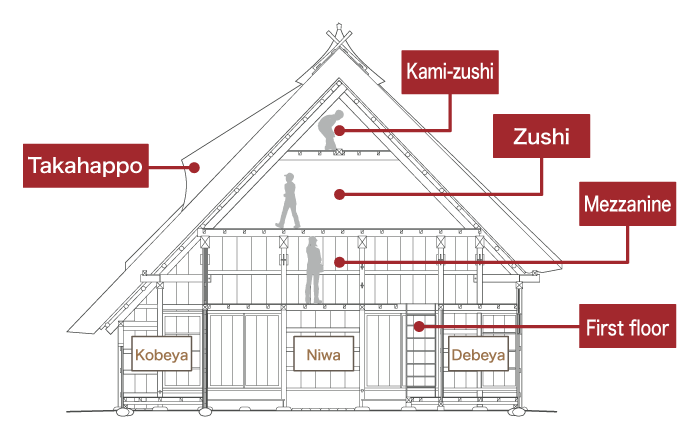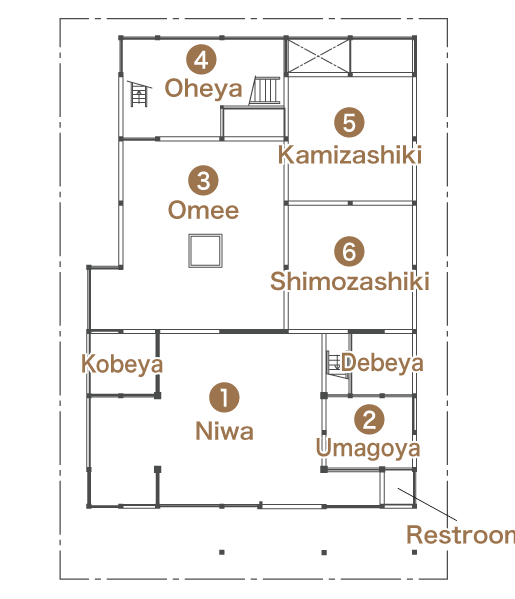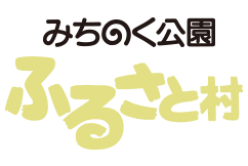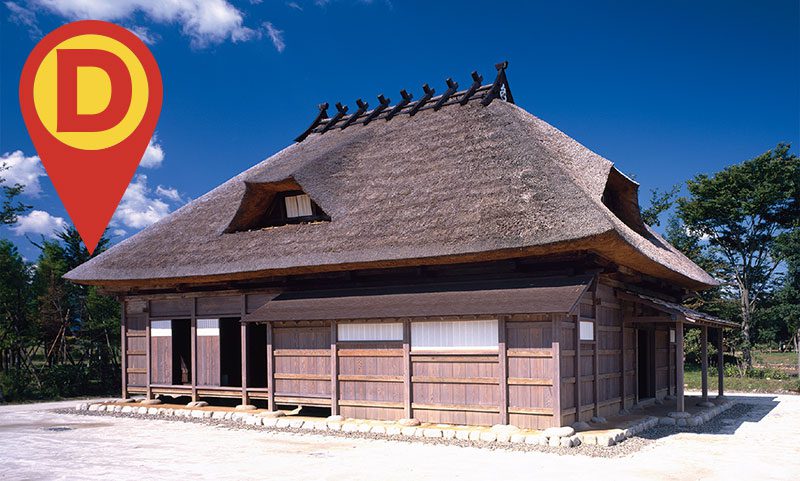Gassan-sanroku House (House at the Foot of Mt. Gassan) in Yamagata Prefecture
Former House of the Ito Family
This is English site

- Original location
- Asahi Village, Higashi-Tagawa County, Yamagata Prefecture (now Tsuruoka City, Yamagata Prefecture)
- Period of construction
- Mid-19th century (at the end of the Edo period)
- Floor space
- 1682 (51 tsubo)
- Form of the house
- Sericultural house with the entrance located on the gable side
- Donor
- Mr. Shigeru Ito
- Tangible cultural property No. 4 of Kawasaki Town, Miyagi Prefecture (designated in 2000)
- Supervisor: Dr. Kazuo Kusano, Professor Emeritus at Tohoku Institute of Technology
Original location
The former Asahi Village, where this house stood, is at the foot of Mt. Gassan and is one of the areas with the heaviest snowfall in the Tohoku region during the winter.
Members of the Ito family who lived in this house engaged in both agriculture and sericulture at the same time.
Characteristics of the house – multi-layered house
Although this house looks small, it has four stories, namely the first floor, mezzanine, second (zushi) floor and third (kami-zushi) floor. Spaces on the mezzanine and above were used for sericulture and storage. For lighting, there are two roof windows called takahappo on the second floor. This is a style specific to houses in this region.

Section of Gassan-sanroku House. Scale = 1:50

First floor plan of Gassan-sanroku House. Scale = 1:40
 Niwa (inner court)
Niwa (inner court)- The niwa at a typical farming house in this region was used as a work area during the winter, on rainy days and at night as well as for drying harvested items and mulberry leaves (to feed silkworms).
 Umagoya (stable)
Umagoya (stable)- This house was in an area with heavy snowfall, so there was a small stable inside the house where a horse (or cow) was kept.
 Omee (living room)
Omee (living room)- This was a room where the family members gathered regularly around a irori (open fireplace), cooked food and ate meals.
 Oheya (bedroom)
Oheya (bedroom)- This was the bedroom for the husband and wife who owned the house. There were usually no windows in any of the bedrooms of a farm house, so it was used mainly for storing clothes and sleeping.
 Kamizashiki (upper reception room)
Kamizashiki (upper reception room) - This was the formal guest reception room with a tokonoma. There were usually no tatami mats because the room was used for sericulture.
 Shimozashiki (lower reception room)
Shimozashiki (lower reception room)- This was used as the front room connecting to the kamizashiki where formal guests were received. There were usually no tatami mats because the room was used for sericulture work, etc. and also as a bedroom for the family members.

